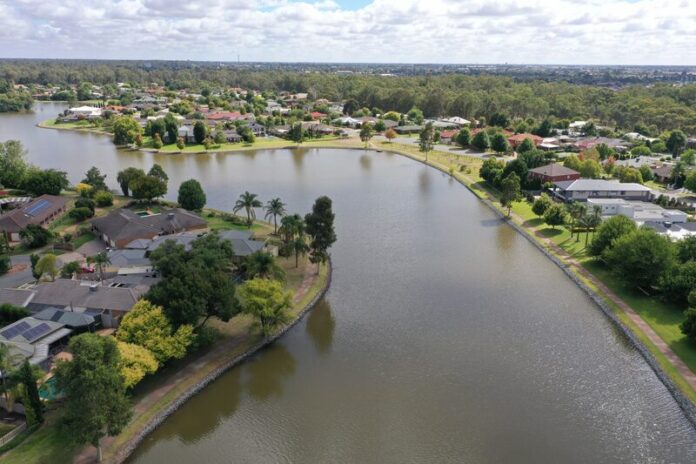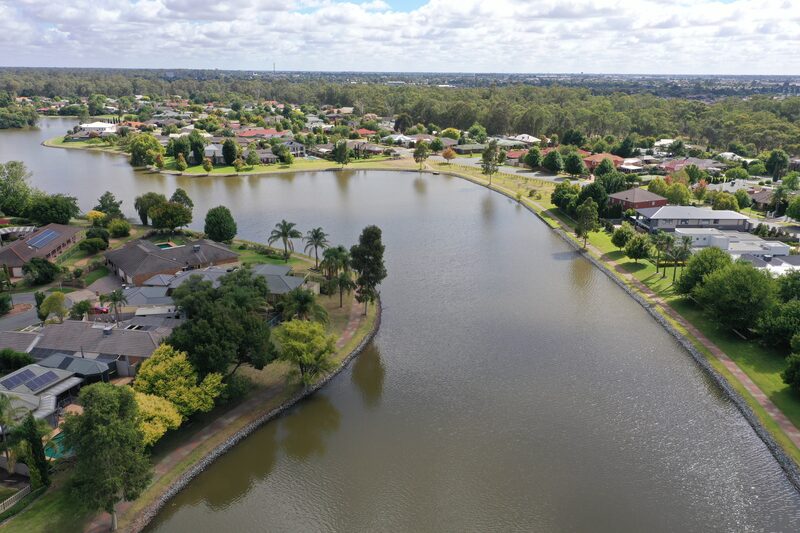
POPULATION pressure in regional centres has continued to drive growth inland and further from cities, according to the latest Regional Movers Index by the Commonwealth Bank and Regional Australia Institute.
13 regional local government areas (LGAs) around the country recorded a jump in net internal migration levels of over 100 percent through 2022 – with regional Queensland and Victoria taking the largest share of city movers, according to the December quarter Regional Movers Index.
Net internal migration is a key driver of change in a region’s total population. It calculates the number of people from outside of the region (but still within Australia) moving in, less the number of local people leaving that region for another (within Australia).
The Regional Movers Index is a partnership between Commonwealth Bank and the Regional Australia Institute (RAI) which analyses the quarterly and annual trends in people moving to and from Australia’s regional areas.

The December quarter data shows that national net internal migration to the regions is still up 45 percent on pre-pandemic levels.
Commonwealth Bank executive general manager for regional and agribusiness banking, Paul Fowler, said there was a slight drop of just 0.8 percent in the number of people moving from cities to regional towns in the December quarter, well below the typical rate of around 8 per cent normally experienced over the holiday season period.
“This confirms that regional hubs are continuing to attract thousands of metro movers,” Mr Fowler said.
“Many are attracted by the opportunities that our thriving regional economies present. While it’s been a difficult year for many businesses who have faced significant challenges, including labour shortages and inflationary pressures, industries such as healthcare, manufacturing and agriculture are growing strongly, and regional businesses are investing more to sustain increasing demand for their products and services.”





